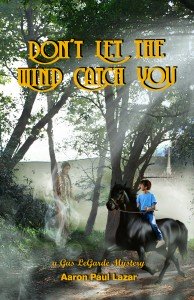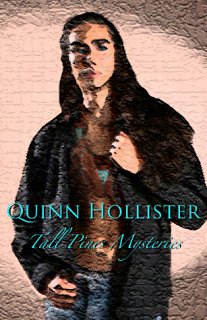As some of you might remember, today is the official release and book bomb day for Aaron Lazar’s Don’t Let the Wind Catch You, which is available at http://amzn.to/1bxNnB7 for only $2.99. And just in case you want to learn more about this talented author, here’s a funny and endearing guest blog by Aaron Lazar. Enjoy! D.
Are all Writers Egoists?
Writers are terribly self-centered.
Now, don’t get offended. I’m not really talking about all of you. I’m pretty much talking about me.
Strangely enough, I don’t think anyone in my non-writer life would label me an egoist. Or an egotist, for that matter. I had to look up the difference, but there isn’t much of a distinction, as far as I could tell.* Anyway, I can’t picture someone calling me either one of those. At least not to my face.
With my family, colleagues at my day job, and with neighbors and friends, I try to be a good listener. I try to be generous. I take time to be there for them, to encourage them when they’re down, to support them when they’re mourning. I care about family and friends and frequently make sacrifices for them.
I sound pretty great, don’t I?
Ahem. Read on.
In my writerly world, I am horrified to admit that I have recently come to learn I’m a HUGE egoist.
Look at the first few paragraphs in this piece. How many times did I use the word “I?” TWELVE! It’s always all about what I think, or what I noticed, or what I wrote. Isn’t it? (Of course, I guess it might be hard to write about what you think or notice. LOL.)
I started to ponder this recently when I had a confrontation with a friend, and she pointed out to me how much I write about **me**. After a bit of soul searching, I realized she was right.
But it got me to thinking.
I try to be a good guy. I really do. This is in spite of all the stupid things I do, like dribbling my red herbal tea on the new carpet at work yesterday (I spent an hour cleaning it) and consistently forgetting to attach files to emails. If it can be screwed up, I’ll do it.
So, I’m an egoist and a klutz.
That’s not all. No. Not only am I all of the above, I’m mean.
REALLY mean.
I am merciless to my characters. I put them through the wringer time and time again, without care for their suffering. I torment them. I make them endure horrible losses. I hurt ANIMALS, for God’s sake. Okay, so I rescue them in the end, but what kind of a jerk does that to poor, defenseless animals?
Sigh.
I suppose we writers can always pretend to sit back and be the philosophical documenter, the great observer, the quintessential Hemmingway-esque witness of life. But however life presents itself – brutal or tender, seedy or majestic – all fiction comes from our inside our own minds. It’s all about how we see it. How we imagine. How we think our characters would feel.
Isn’t it?
So, how do we compensate for being such egoists?
It’s not as bad as it sounds. It certainly isn’t hopeless, and I’m pretty sure we can redeem ourselves.
Maybe we can find redemption by setting good examples through our characters’ actions while they’re in the midst of dashing here or there during the page turning suspense. One thing I never intended to do with my three mystery series was to teach lessons about nurturing a family, tending to a disabled wife, dealing with trauma or loss, or being a good father or grandfather. Those things just found their way into my books, because my characters do that stuff in their everyday lives. To my surprise, my readers have come back and thanked me for doing just that. It humbles me to think that by including some amusing family scenes in the middle of the mayhem, I might have actually done some good. One fellow actually told me I made him a better dad. And another wrote to say I got him through his chemo. Like I said, it’s all pretty darned humbling.
Can examples like these make up for my weaknesses and faults? For that great big ego? For my incessant ranting about me???
Man. I sure hope so.
***
–Egoist, noun
1. self-centered or selfish person ( opposed to altruist).
2. an arrogantly conceited person; egotist.
Egotist, noun
1. a conceited, boastful person.
2. a selfish person; egoist.
*****
About Aaron Paul Lazar
Aaron Paul Lazar writes to soothe his soul. The award-winning and bestselling Kindle author of three addictive mystery series, Aaron enjoys the Genesee Valley countryside in upstate New York, where his characters embrace life, play with their dogs and grandkids, grow sumptuous gardens, and chase bad guys.
Visit his website at www.lazarbooks.com and watch for his upcoming Twilight Times Books releases DON’T LET THE WIND CATCH YOU (August 15, 2013), the author’s preferred edition of UPSTAGED (FEB 2013), and SANCTUARY, book #3 in Tall Pines Mysteries in JULY 2013.
Help us drive Don’t Let The Wind Catch You to Amazon’s top rankings by purchasing it on August 15th, 2013 at:

http://www.amazon.com/dp/B00ECNEOTE
